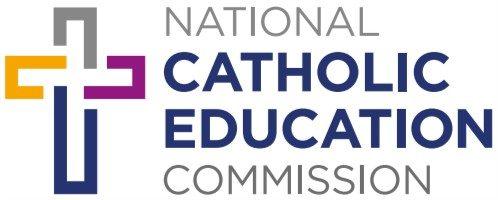2 September 2020
The ABC’s ‘analysis’ of Catholic school funding published online today is simplistic and inaccurate, the National Catholic Education executive director Jacinta Collins says.
“Despite the sophisticated-looking graphics, the ABC’s analysis doesn’t grasp the complexity of the funding model for non-government schools, and grossly misinterprets the way Catholic schools in New South Wales distribute funding.
“First and foremost, students in regional and remote NSW Catholic schools receive substantially more funding than students in metropolitan areas and pay less in school fees which acknowledges the particular challenges of these schools,” Ms Collins said.
In 2018, students in the state’s regional and remote dioceses of Wilcannia Forbes, Armidale, Wagga Wagga and Bathurst received between around $16,100 and $21,000 per student in funding, compared to students in metropolitan Sydney who received on average around $14,300 per student. In the same year, regional and remote families also paid up to 2.8 times less in school fees than families in metropolitan Sydney.
Catholic schools are the nation’s largest provider of education outside government. Australia’s 1,751 mostly low-fee Catholic schools educate one in five, or 768,000 students and employ more than 98,000 Australians, making Catholic education a key partner in the delivery of quality schooling with the government and independent sectors.
“The Catholic sector has known well before the first Gonski review confirmed it in 2011 that the way non-government schools were funded was inherently flawed. The old SES model was an arbitrary measure of what families ‘could afford to pay’ based on where their school was located.
“We’ve now moved to a Direct Measure of Income (DMI) which has improved the way government funding is allocated by taking into account median parents’ incomes, but it is still under refinement, particularly regarding its impact on rural and regional schools. The Capacity to Contribute (CTC) settings remain an arbitrary measure of the fees families can pay, and is not an ‘entitlement’ under the Australian Education Act to receive a certain level of funding, as the ABC has claimed.
“The Morrison Government recognises there is still a lot more work to be done to make the new model a fairer, more accurate measure and has committed to review by 2027. In the interim, the government has established the Choice and Affordability Fund to address the deficiencies of the new model, with a proportion to be specifically allocated to rural and regional schools.
“The government also recognises that non-government school systems are best placed to assess needs in their schools and to ensure families have an affordable choice of schooling – not just based on a median assessment of income, but also on what parents are able to pay given other circumstances such as housing stress, financial hardship, the number of children in a family, economies of scale for larger versus smaller schools, learning and teaching needs, and a range of other variable factors.
“In calling for greater transparency of non-government school funding, the expert National Schools Resourcing Board was also keen to avoid such simplistic representations to promote proper transparency,” Ms Collins said.
Background:
- From 2014 to 2017, non-government school systems (including Catholic systems) were funded at the same base rate for all students, through use of a system-average SES score. That means the reallocations shown in the ABC article are incorrect. Compared to the Australian Education Act at that time, the NSW Catholic system reallocated substantial amounts of funding from schools in higher-income areas to schools in lowerincome areas.
- When it removed system-average arrangements in 2018, the Australian Government agreed a number of other steps in recognition that fee expectations for Catholic schools under its funding model are flawed. The ABC article ignores this critical context resulting in a heavily distorted view of the way Catholic systems allocate government funding.
- Firstly, the Australian Government confirmed that school SES scores – the key measure of need used by the ABC to calculate reallocations by the NSW Catholic system – were too high for Catholic schools, so would be replaced with a better measure of family incomes. As school SES scores are a flawed measure of need, the ABC analysis, which relies on school SES scores, is also flawed.
- Secondly, the Australian Government agreed that its fee expectations in the Australian Education Act were unreasonable, so it established the Choice and Affordability Fund (CAF). The Australian Government has recognised the fee expectations in its model are flawed and established the Choice and Affordability Fund, however, the ABC article ignores these unrealistic fee expectations in its analysis.
- Thirdly, the Australian Government agreed to review fee expectations in its funding model by 2027. Catholic education looks forward to this review, and working with the Australian Government to fix flaws in the current funding model, especially fee expectations in Catholic schools. Again, given the Australian Government has recognised its funding model is flawed, and has agreed to review it. It is astounding that the ABC would treat the model as reasonable indicator of need or ‘entitlement’ for Catholic schools.
- Equally astounding is the position of Adrian Piccoli who recently argued that Catholic primary schools should be fully funded by governments and not charge fees. His comments now appear to be attacking Catholic primary schools for failing to double or triple school fees in some parts of NSW.
